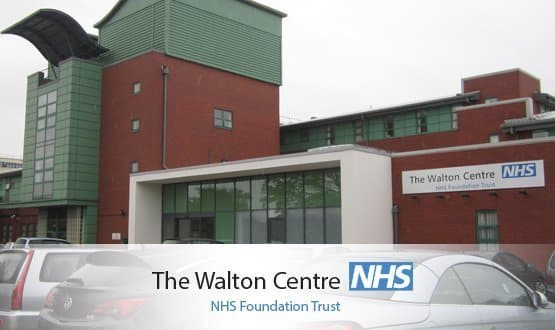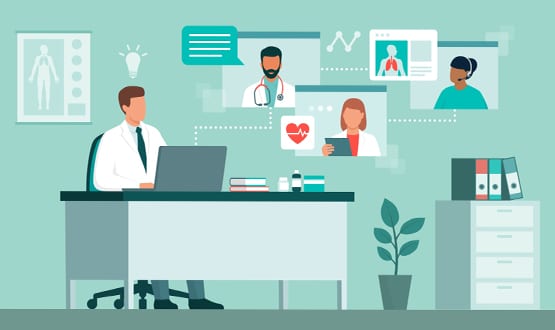Walton Centre develops E-Obs in-house
- 9 September 2015

The Walton Centre NHS Foundation Trust has completed the roll-out of an electronic observations system that was developed in-house.
The E-Obs product is designed to work on any browser software so can be accessed on tablets, mobile devices and desktop computers.
The Walton Centre, a specialist neurosciences centre in Liverpool, is supporting the roll-out by doubling the number of iPads available to nurses and installing touch screen computers at all nursing stations.
Nasser Shaikh, programme manager for the trust’s electronic patient record, said the trust’s IT strategy is “very much” about building IT solutions in-house, using its own software development team.
"We didn’t want to go down the route of a third party supplier, as we have our own software team,” he said.
“Our executives at trust board level support our in-house innovation programme and this forms our digital strategy too, plus using a third party supplier is an expensive route to market.”
Shaikh added that the trust is also part of the NHS England Open Source Programme and is interested in sharing its products with other NHS organisations.
The development of the e-observations tool focused on “how easy and quick it would be to complete an observation,” said Shaikh.
“We know that nursing time is absolute paramount and tech solutions can release back time for caring for patients.”
Specific innovations include getting staff to use sliders to pick numbers, rather than typing in figures using a keyboard, and replacing drop down boxes with touch buttons.
“At each and every point we were looking at what is the most efficient way of actually completing a particular point,” said Shaikh.
The system was piloted in two stages – one that started just before Christmas 2014 and one that launched at the beginning of 2015.
It is now available across the trust’s estate apart from intensive care, although there are plans to develop the system for use in this area.
Patient data is fed through to the E-Obs tool from the trust’s Silverlink patient administration system.
Healthcare professionals can then input observations on these patients electronically into E-Obs, which can then automatically generate graphs and tables so staff can keep track of patients' early warning scores.
It also allows consultants to check on patient observations remotely using bespoke lists of patients across wards.
Shaikh said there are plans to develop the tool further, including the potential for an alerting mechanism that could let clinicians know when a patient's condition is deteriorating.
The E-Obs system is part of the trust’s EPR programme, a suite of modules developed by the trust’s IM&T team that integrates with the Silverlink PAS.
The trust’s ultimate ambition is for patient records to become totally paperless, with plans to go ‘paper-lite’ on wards in November this year and in outpatients by May 2016.
Other recent in-house developments at Walton Centre include a self check-in system, which was launched two years ago and has sparked interest from other local trusts, according to Shaikh.




